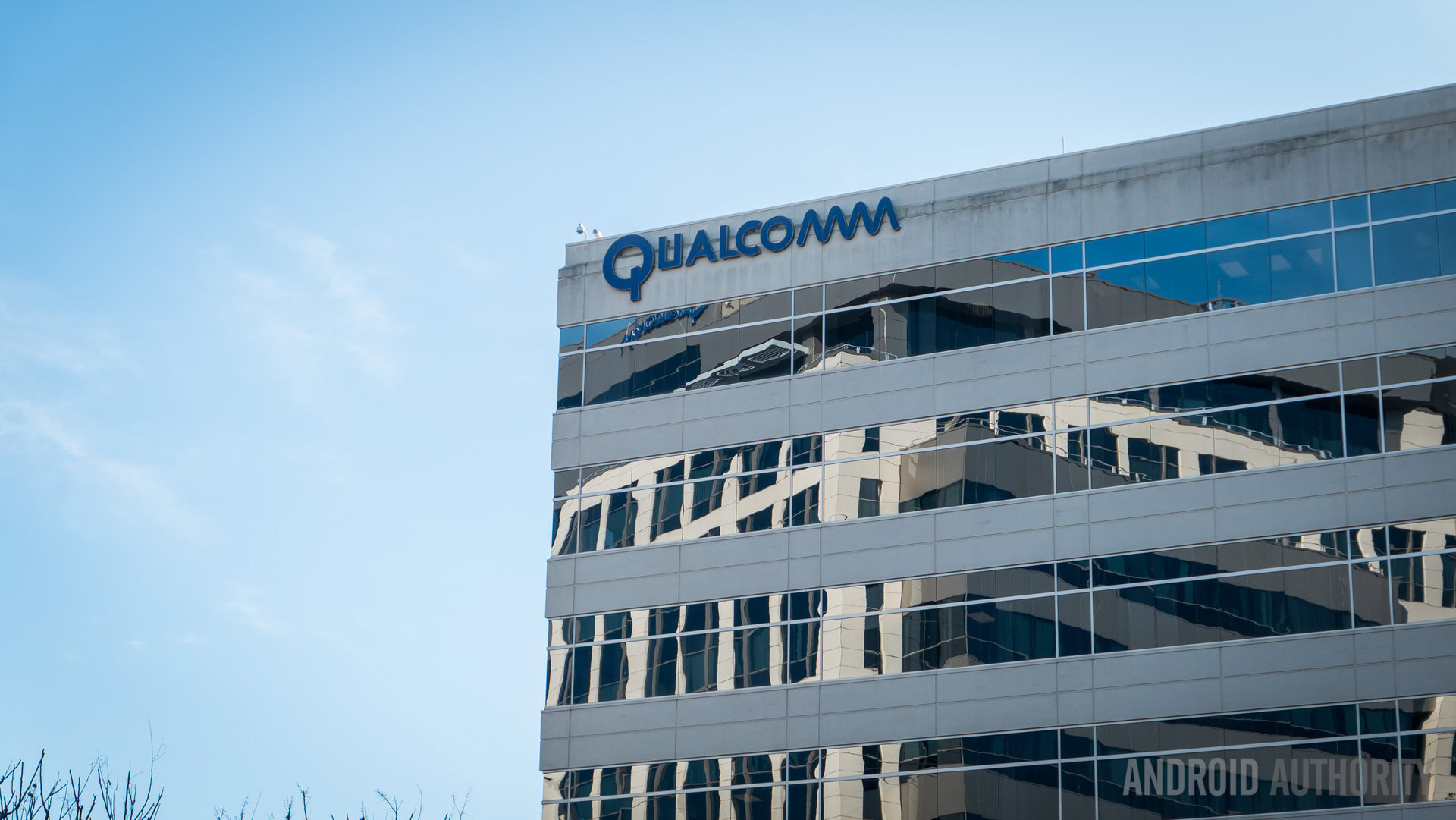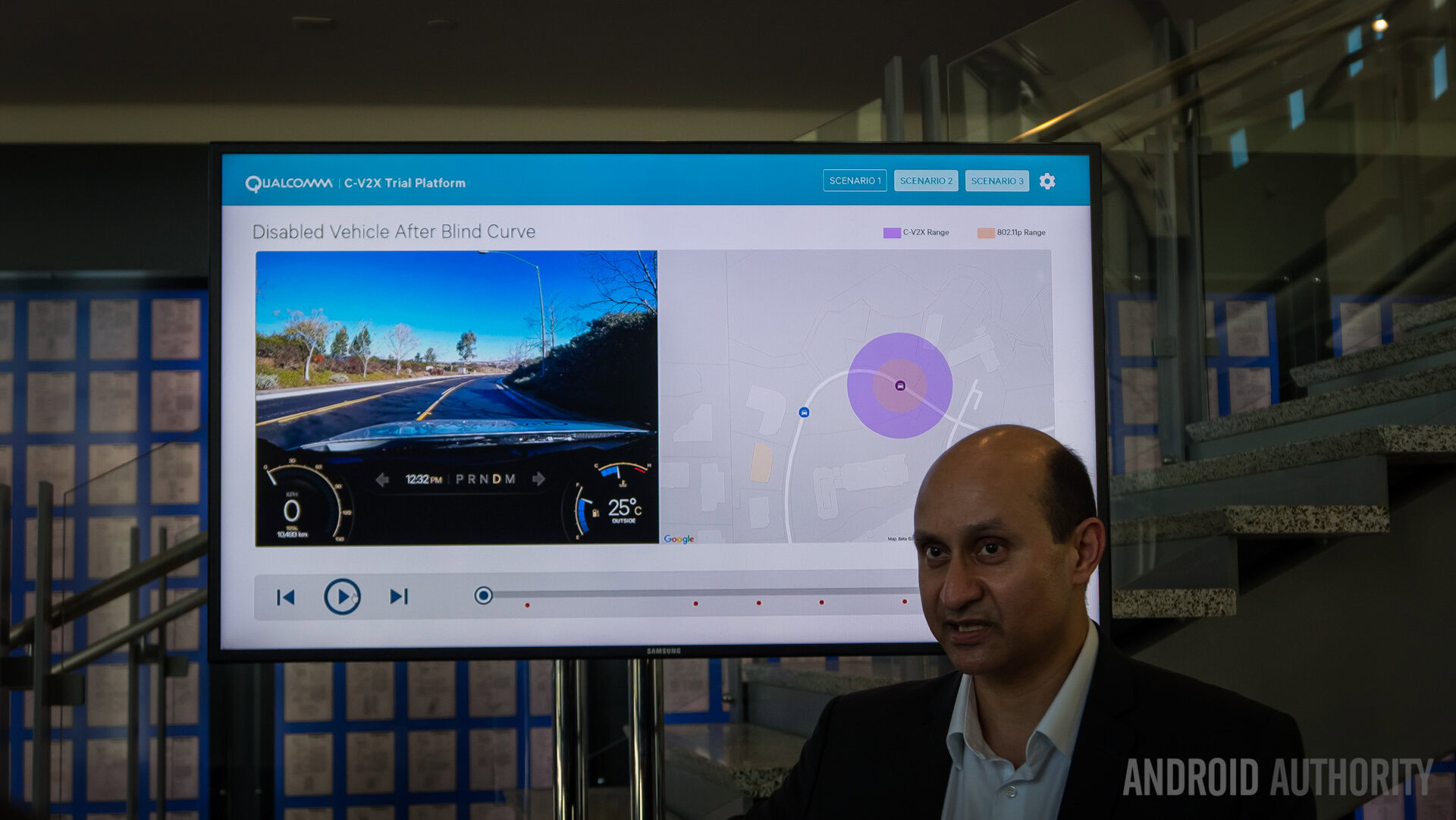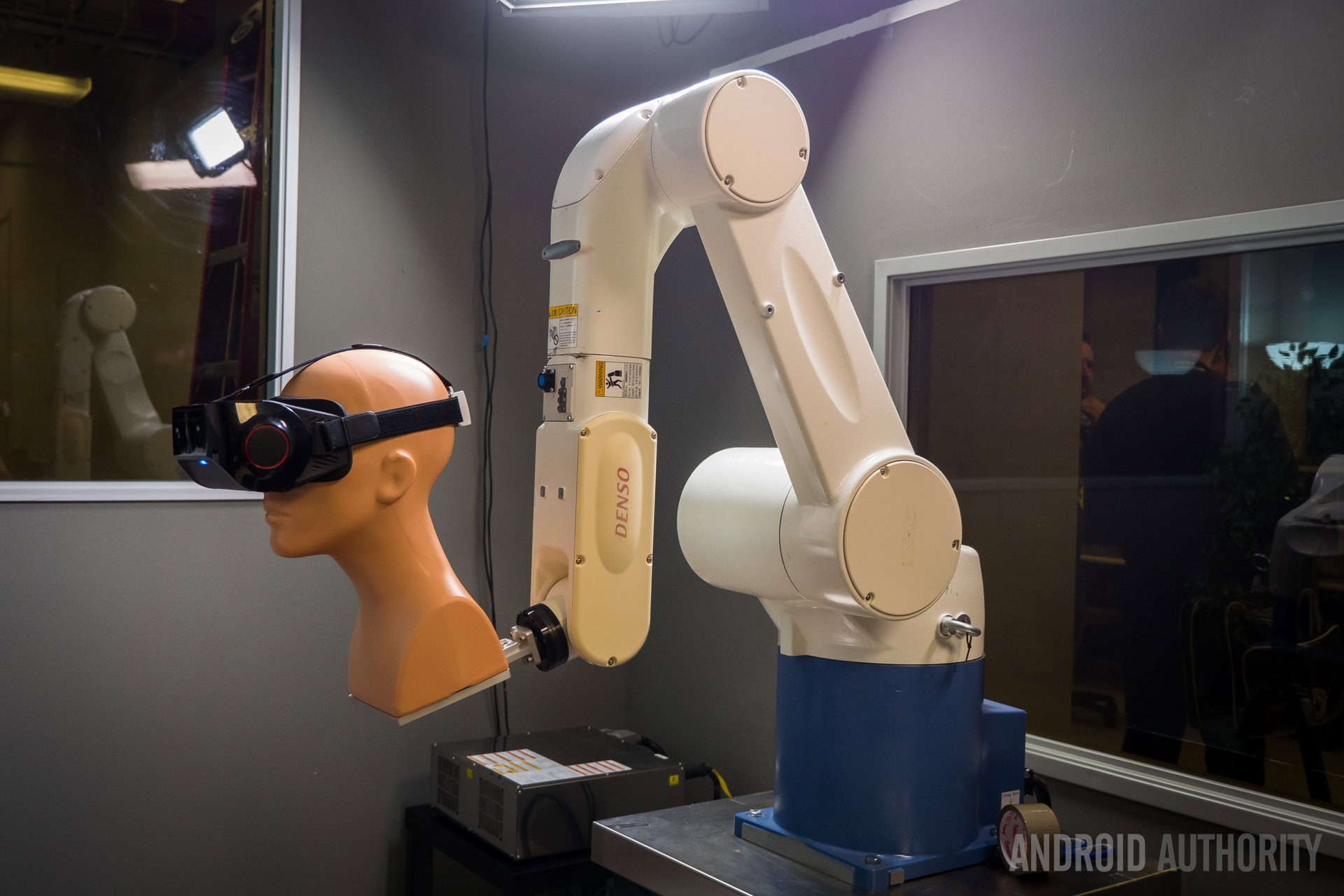Affiliate links on Android Authority may earn us a commission. Learn more.
5G and the Snapdragon 835 at Qualcomm's campus
March 8, 2017

We may know Qualcomm as the SoC manufacturer that helps power the majority of smartphones that are currently available, but the company has a lot to offer towards enhancing more than just our mobile experiences. We were invited to Qualcomm’s campus in San Diego and got a closer look at some of their plans, including a 5G roadmap, an autonomous car, the Snapdragon 835 processor, and more!

The first day included a long 4-hour presentation where we were told what 5G would mean and how Qualcomm was going to leverage existing technology while creating new infrastructure and bands in order to make 5G a reality. This presentation did involve a lot of the technical aspects of this upcoming upgrade, but for the general consumer, the main takeaway is that we are going to be seeing a speed increase unlike any other, even when compared to the 4G LTE that we are using right now.
The speeds that you are currently enjoying on Verizon or AT&T only comes to around 20% of what Qualcomm expects to be Gigabit LTE. Of course, speed is only one facet of 5G, and the other main improvement will be in terms of reliability. In this regard, we were shown a demo in which a van that was driving around the campus was easily able to switch between the various Wi-Fi and mobile internet nodes without any drop in signal or speed. The signal was also much wider with this implementation, and that is another thing that Qualcomm is hoping to bring to the masses with 5G.

The high speeds, low latency, increased reliability, and other aspects of 5G will also make a big impact in improving IoT. Essentially, you will use be able to use a 5G network to power all the different things in your life, be it in the home, office, and even in your car. There was a video demo showcasing self-driving cars, with the cars communicating with each other over a 5G connection. For example, if there was a car that was stuck in the middle of the road and your car was driving autonomously towards it, the vehicles would signal each other and your car would be able to pass the other safely and avoid a collision.
Another example of autonomous driving was shown to us using drones. The drones were able to communicate with one another, with one able to signal to the others that the path was safe. The drones were able to safely navigate around the barrels that were in place, and while the pace was slow initially, the speed picked up with the drones that came later since they knew that the path was safe.

We were able to see a couple of demos that showcased the capabilities of the Qualcomm Snadragon 835 processor when put into the right devices. The Snapdragon 835 is going to be somewhat VR-centric, in the sense that Qualcomm is going to head up an Accelerator program which will provide companies that want to get into the VR space with a template to create wonderful VR experiences, which is something that hasn’t been standardized yet.
One of the best parts about this VR platform is that it is able to do spatial recognition thanks to the processing power of the Snapdragon 835. Putting this chip inside of a phone that allowed for spatial recognition via the cameras on the back allowed Qualcomm to create a VR experience where you could actually walk around without needing all the sensors that you’d expect, as seen with something like the HTC Vive.

It was great to able to put on a mobile VR headset and be able to duck, stand, and walk around a particular scene, and it’s hard to imagine that all of this is being powered by a phone. In order to get all the data that the application and the phone itself would be able to process, Qualcomm used a mannequin head attached to a rig that moved to basically every position possible to get the data points needed to provide a good, immersive, and spatial-recognizing VR experience.
With that, our 2 day tour of Qualcomm came to a close! We were able to learn a lot about 5G, and even if some of the technical jargon did go over our heads, we did get an idea with regards to why we should be excited for the future of mobile internet. Then came the Snapdragon 835 will be the go-to flagship processing package this year, and we were able to see what the processor was capable of in a couple of great demos.